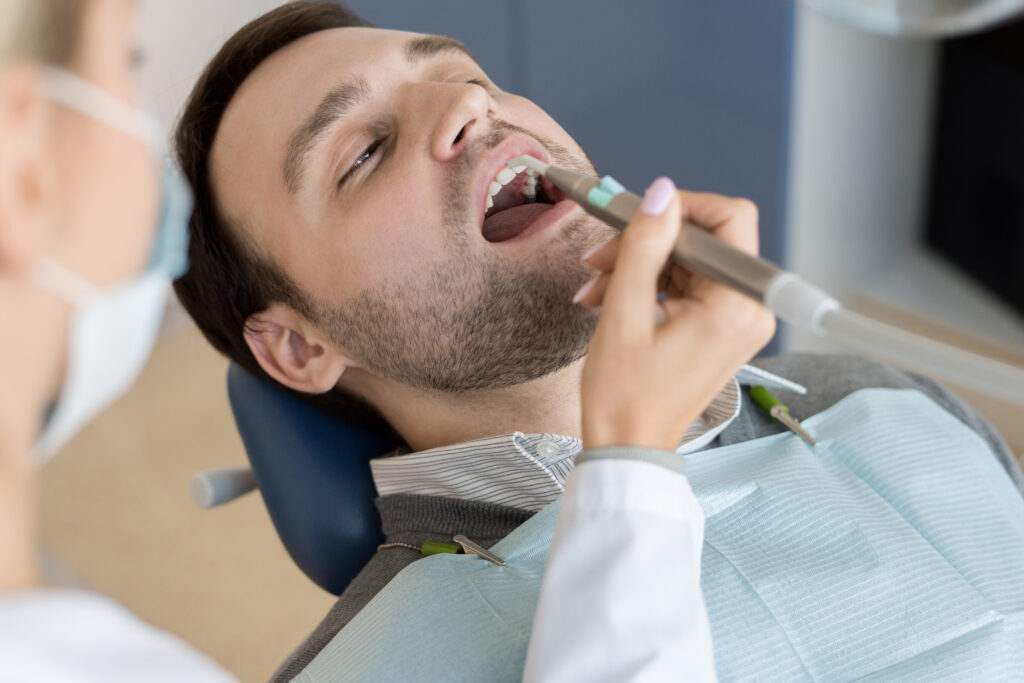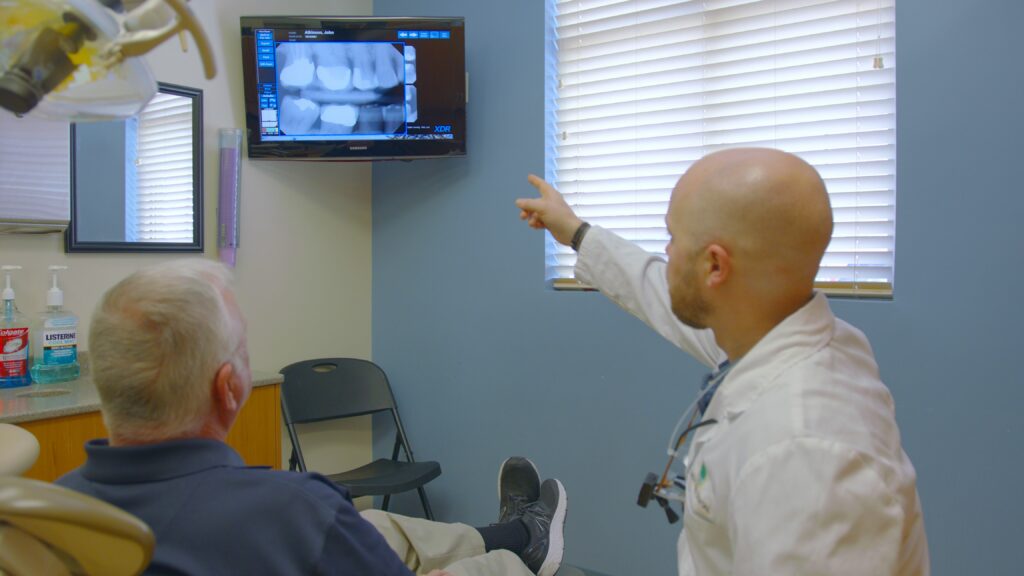The immediate aftermath of wisdom teeth removal demands a diet that is gentle on the surgical sites to minimize discomfort and reduce the risk of complications. Soft and easily chewable foods are the primary focus during this period.
Yogurt and Applesauce:
Yogurt, devoid of chunks or granola, offers a soothing and protein-rich option. Similarly, applesauce provides a smooth texture without causing unnecessary strain, ensuring a gentle start to the recovery diet.
Pudding and Jello:
Pudding and Jello are not only easy to swallow but also provide a tasty way to meet caloric needs. Their cool temperatures can also offer relief to any lingering discomfort.
Broth-based Soups and Smoothies:
Lukewarm broth-based soups contribute to hydration and essential nutrients without the need for extensive chewing. Smoothies, although nutritious, should be consumed carefully, avoiding the use of straws to prevent the disturbance of blood clots.

What Can You Eat 72 Hours After Tooth Extraction?
The 72-hour mark is a crucial transition period where the diet can be expanded to include slightly more textured and varied options. While still focusing on soft foods, this phase allows for a more diverse range of choices.
Mashed Potatoes and Scrambled Eggs:
Mashed potatoes, with their soft consistency, become a satisfying addition to the diet. Similarly, well-cooked scrambled eggs offer a protein boost without challenging the healing process.
Oatmeal and Soft Pasta:
Oatmeal provides a warm and filling option with the added benefit of dietary fiber. Soft pasta, cooked to the right consistency, introduces a more substantial element to the diet without compromising comfort.
Cottage Cheese and Blended Soups:
Cottage cheese, being protein-rich and easy to consume, becomes a staple at this stage. Blended soups with softer ingredients maintain the necessary nutritional intake while catering to the evolving tolerance for texture.
How Long After Wisdom Teeth Removal Can I Eat Normally?
The return to a normal diet depends on the individual’s healing process. While some may resume regular eating habits sooner, it’s essential to be mindful of the signals your body provides and follow professional recommendations. Typically, after the initial 72 hours, patients can start introducing solid foods gradually. However, caution should be exercised with hard, crunchy, or sticky foods that may disrupt the healing process. Spicy or acidic foods should be approached with care, as they might irritate the surgical sites. It’s crucial to prioritize foods that are easy to chew and swallow comfortably.
How Long After The Wisdom Teeth Procedure Should You Wait To Eat?
The timing of reintroducing foods post-wisdom teeth removal is a critical consideration. Patience and adherence to professional advice are essential to ensure a smooth recovery. Individual recovery times vary, and consulting with your oral surgeon or dentist is crucial for personalized guidance. They may provide specific recommendations based on the complexity of the extraction and individual healing patterns. Additionally, following the recommended post-procedure care guidelines diligently will contribute to a faster recovery. Avoiding premature resumption of regular eating habits helps prevent complications and ensures the success of the extraction procedure.
Foods That Would Be Good To Eat After Wisdom Teeth Removal
Navigating the post-wisdom teeth removal menu requires creativity to ensure a balance between nutrition and comfort. Certain foods are particularly well-suited for this recovery period.
Soft Fruits:
Fruits like bananas, ripe avocados, and melons provide essential vitamins without requiring intense chewing. They also offer hydration and natural sweetness.
Steamed Vegetables:
Steamed vegetables, such as carrots and zucchini, maintain a soft texture while delivering crucial nutrients. Ensuring they are cooked to a tender consistency is key.
Protein-rich Options:
Soft protein sources like yogurt, pureed beans, and shredded chicken can help meet the body’s protein needs for efficient healing.
Grains and Soft Breads:
Soft grains like well-cooked rice and soft bread or tortillas can be incorporated for a more satisfying meal. Ensure that the grains are not too firm to avoid strain during chewing.
Dairy Varieties:
In addition to yogurt, softer cheese options and milk-based products like smoothies or milkshakes contribute to both protein and calcium intake.

Conclusion
Navigating the post-wisdom teeth removal diet is a crucial aspect of ensuring a smooth and comfortable recovery. Adhering to a progression from soft and liquid foods to a gradual reintroduction of normal foods, while being mindful of individual healing timelines, contributes significantly to a successful recovery. Consulting with oral health professionals and paying attention to one’s body signals are integral components of this process, ensuring that the journey to normal eating is both efficient and enjoyable.







